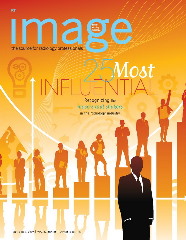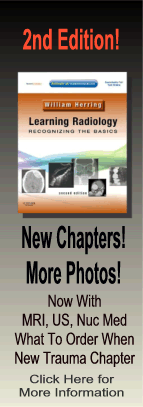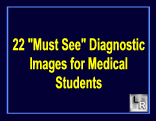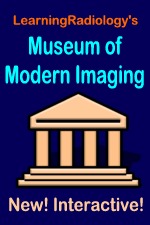| Cardiac | |
|---|---|
| GI | |
| Bone | |
| GU | |
| Neuro | |
| Peds | |
| Faculty | |
| Student | |
| Quizzes | |
| Image DDX | |
| Museum | |
| Mobile | |
| |
Misc |
| Videocasts | |
| Signs | |
Learning
Radiology:
Recognizing
the Basics
Available
on the Kindle
and IPad
LearningRadiology Imaging Signs
on Twitter
![]()
Follow us on
What is the most likely diagnosis?
- 23 year-old female with retrosternal discomfort

Contrast-enhanced Axial CT of Chest
- Lymphoma
- Teratoma
- Aortic dissection
- Pulmonary embolism
- Osteoblastic metastases
Additional Images - Coronal Reformatted CT Scan of Chest
![]()
Answer:
2. Teratoma
More (Click Discussion Tab)
Teratoma
General Considerations
- Mediastinum is a rare site for occurrence of teratomas, most being ovarian in origin
- Arise from primitive germ cell rests
- Supposed to migrate along urogenital ridge to primitive gonad
- Journey is interrupted in the mediastinum
- May be solid or cystic
- Most are cystic
MORE . . .
.
This Week
23 year-old female with retrosternal discomfort |
Presented as a series of cards, this podcast asks some of the most common causes of neuroimaging findings and diseases making it ideal for a quick review. Can be used as either an audio only or audio/video podcast.; Complements Video Flashcard Podcasts 15, 21,25, 38, 42, 46 and 47. |
Some of the fundamentals of interpreting chest images |
The top diagnostic imaging diagnoses that all medical students should recognize according to the Alliance of Medical Student Educators in Radiology |
Recognizing normal and key abnormal intestinal gas patterns, free air and abdominal calcifications |
Recognizing the parameters that define a good chest x-ray; avoiding common pitfalls |
How to recognize the most common arthritides |
LearningRadiology
Named Magazine's
"25 Most Influential"

See Article on LearningRadiology
in August, 2010
RSNA News
| LearningRadiology.com |
is an award-winning educational website aimed primarily at medical students and radiology residents-in-training, containing lectures, handouts, images, Cases of the Week, archives of cases, quizzes, flashcards of differential diagnoses and “most commons” lists, primarily in the areas of chest, GI, GU cardiac, bone and neuroradiology. |




